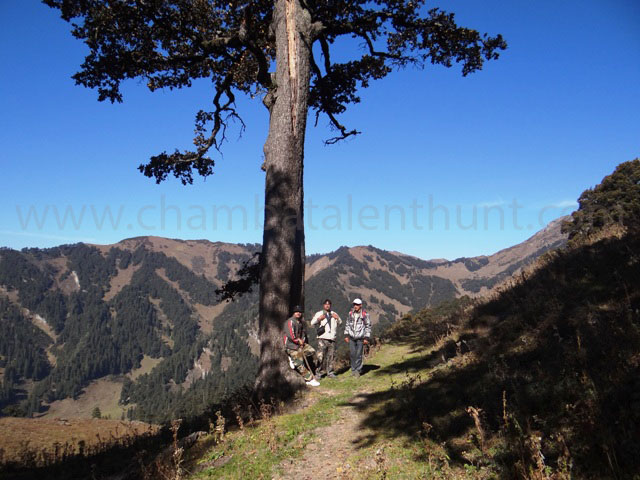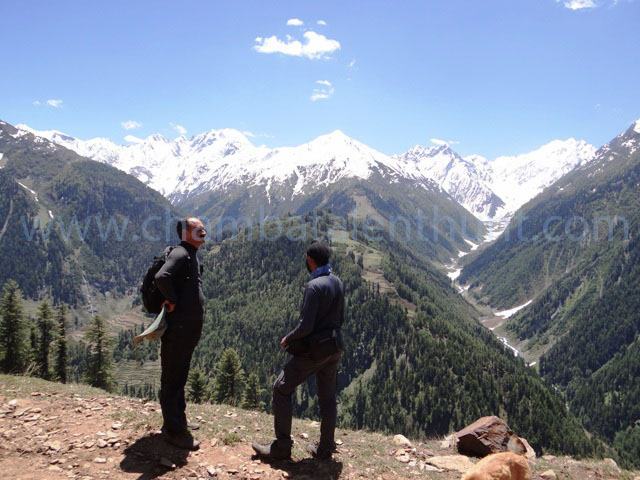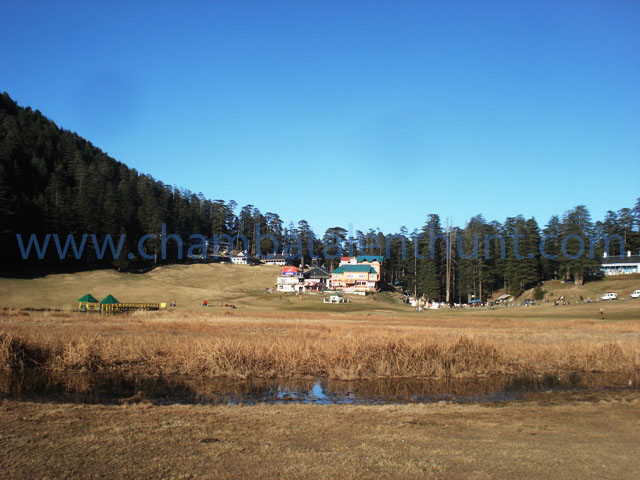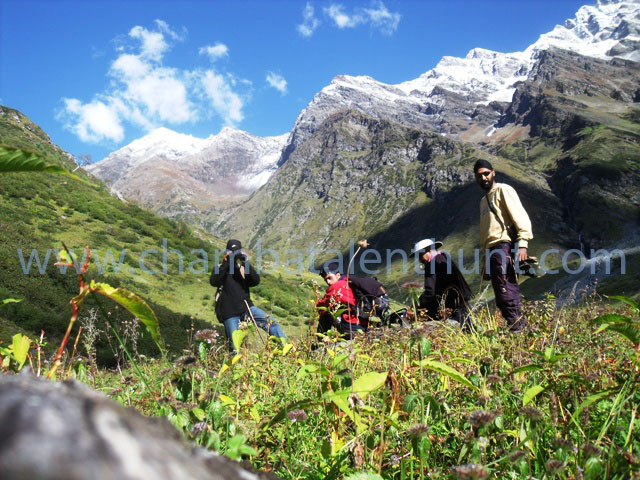- Chambatalenthunt2013@gmail.com
-
 +91-9816631006, +91-9418333592
+91-9816631006, +91-9418333592
Famous for Flora Fauna

GAMGUL SIAHBEHI SANCTUARY: District Chamba, attitude 1800 to 3919 meters, temperature 10` to 35`C, rainfall 1430.2 mm, annual snowfall 1143mm, area 10,885.40 hectares (108.85 sq.km.), first notified in 1949 and renotified on 27th March 1974. A high altitude sanctuary harboring small population of musk Deer, Himalayan Tahr and Pheasants. This is the only sanctuary in Himachal Pradesh, which has reported the presence of Kashmir Stag. The sanctuary is under serve human pressure and is heavily grazed. Nearest town is Chamba. FAUNA (MAMMALS): Himalayan black Bear, brown Bear, Jungle Cat, Leopard Cat, Goral, Cat, Ibex, Jackal, Common Languor, Leopard, Rhesus Macaque, Long Tailed Marmet, Himalayan yellow throated Marten, Himalayan mouse-hare, Himalayan Palm Civet, Barking Deer, Musk Deer, Red Fox, Indian Porcupine, India bush rat, Serow, Common Giant Flying Squirrel, Kashmir Stag, Himalayan Tahr, oyles Vole, Himalayan Weasel and Wolf.


District Chamba. Altitude 2,250 to 6,044 meters, temperatures-10`to 25`C, rainfall 445 mm, 37,886.68 hectares (378.87 sq.km.), nearest town Chamba, first notified in 1962 as a sanctuary and renotified on 27th March 1974. This sanctuary is rich in high altitude Himalayan Wild Life, and is one of the last homes of Himalayan Tahr in Himachal Pradesh. It is also well known as a source of many medicinal plants. Abundant water resources, many originating from glaciers and a diverse topography adds to the attraction of the area. To the west it is connected with Tundah Sanctuary by a forest corridor. These are an annual pilgrimage by thousands of people to the Mani Mahesh temple inside the sanctuary. FLORA: Forest types include, moist deodar forest, western mixed coniferous and Alpine pastures. FAUNA (MAMMALS): Himalayan Black Deer, Brown Bear, Leopard Cat, Musk Deer, Red Indian Fox, Goral, Ibex, Common Languor, Leopard

District Chamba, attitude 1185 to 2768 meters, temperatures-10` to 35`C, rainfall 2647.68 mm, snowfall 672.4 mm, nearest town Dalhousie, area 2026.89 hectares (20.27 sq.km.), notified a game sanctuary on 1st July 1949, renotified on 29th August 1958 under the Indian forest Act, 1927 and the Punjab Wild Birds &Wild Animals Protection Act, 1933, notified once again on 14th December 1982. This small sanctuary lies in the catchments for the Ravi River and contains patches of goods coniferous and oak forests. A lovely bowl-shaped meadow at Khajjar, with a lake and ‘floating’ Island is a popular tourist spot. FLORA: Mixed blue pine and Deodar forest with some green oak and tree Rhododendron FAUNA (MAMMALS): Himalayan black bear, Leopard Cat, Barking Deer, Goral, Jackal, Langue, Leopard, Marten, Serow, Kashmiri and common giant flying Squirrel

Tundah Sanctuary surrounds Kugti Wild Life sanctuary by a forest corridor.The landscape of the sanctuary varies, and it is blessed with abundance of flora and fauna. The area houses a number of medicinal plants along with some of the rare floral species. High altitude Himalayan fauna species have made this sanctuary their home, including the endangered Himalayan tahr. There are plenty of water resources here and many of them originats from the glaciers. Kugti Wildlife Sanctuary also houses the famous Manimahesh Temple that is annually visited by thousands of pilgrims.This sanctuary Flora -Vegetation predominantly consists of moist deodar forest and western mixed coniferous forest. Herbs include Gentiana kuroo (Karu) and Jurinea macrocephala (Dhup).And Fauna - Snow leopard, ibex, brown langur, common cat,leopard, deer, musk marten, Himalayan yellow throated fox, Indian/red Serow, ghoral, Himalayan thar.